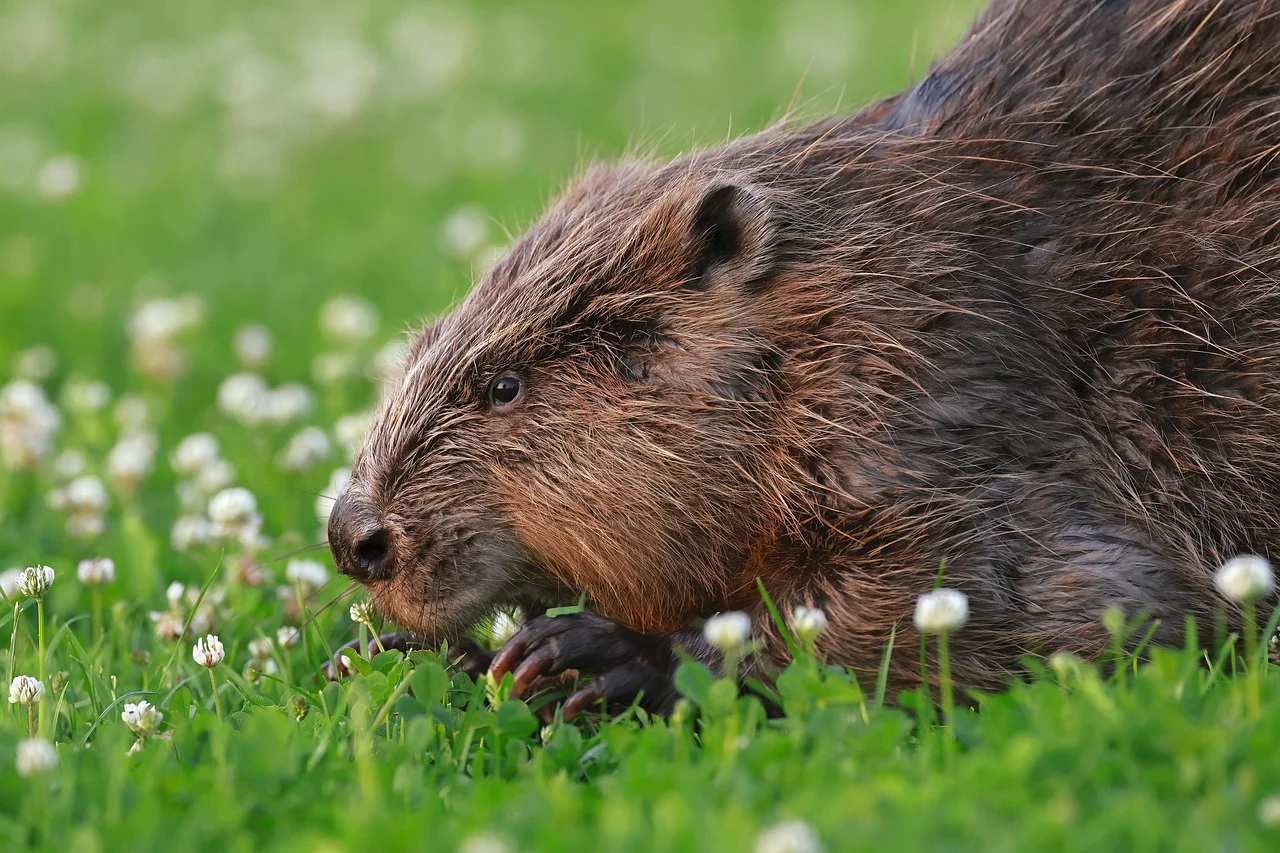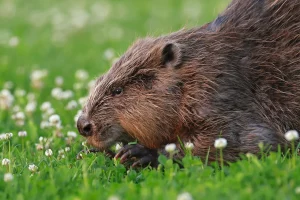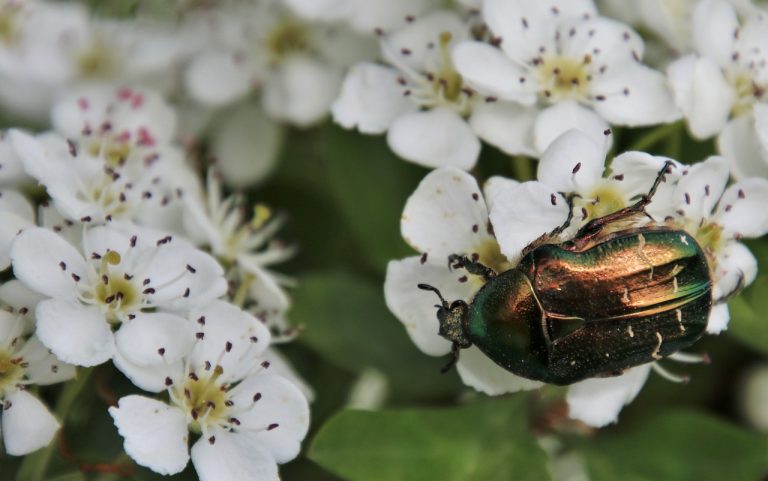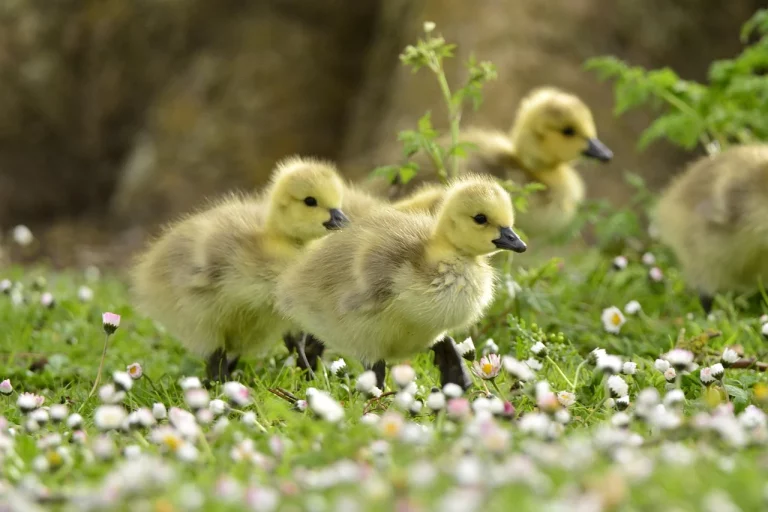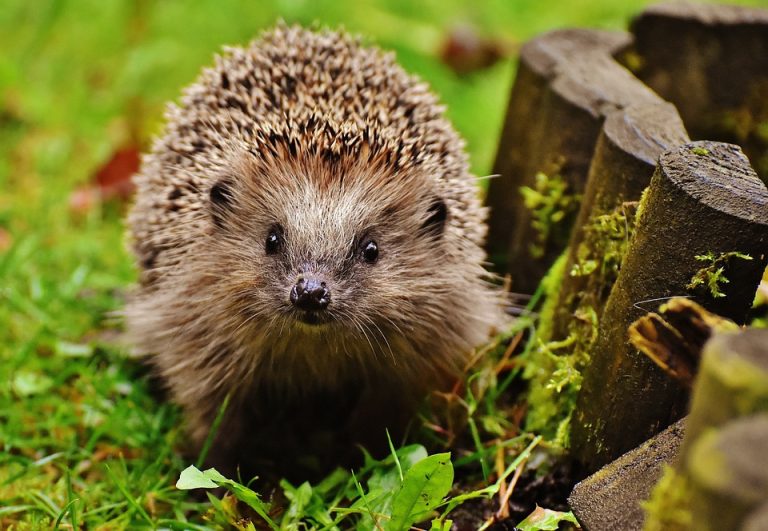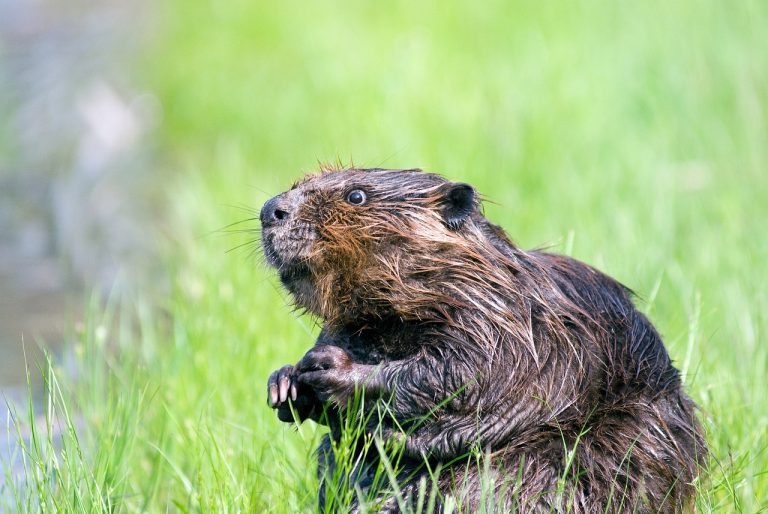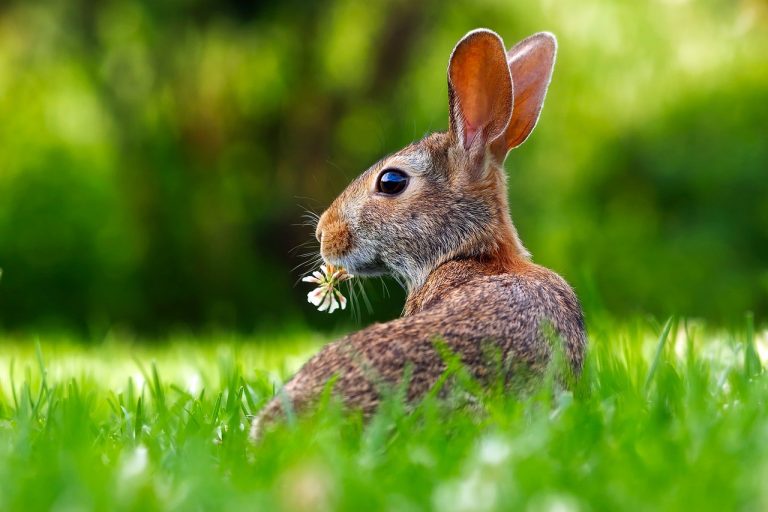HOW TO ATTRACT BEAVERS (6 Amazing Tips)
Ever wondered about nature’s architects, the elusive beavers, and their secret to thriving in specific habitats? Attracting these industrious creatures involves a fascinating blend of environment crafting and understanding their instinctive desires. Let’s delve into the art of beckoning these remarkable creatures into our midst and uncover the secrets to creating a haven for these ecological engineers.
HOW TO ATTRACT BEAVERS?
Certainly! Attracting beavers hinges on understanding their habitat needs. Optimal water bodies and favored vegetation are key. Constructing suitable environments is crucial. Employing scents and sounds can allure these creatures. Regular maintenance sustains their interest. Creating a beaver-friendly space fosters biodiversity and ecological balance.
WHAT ARE BEAVERS?
Beavers, considered nature’s engineers, are large, semi-aquatic rodents known for their ability to construct intricate dams and lodges. They predominantly inhabit areas near water bodies and play a vital role in shaping their ecosystems.
IMPORTANCE OF ATTRACTING BEAVERS
Attracting beavers to specific areas can aid in controlling water flow, fostering wetland habitats, and promoting biodiversity. Their presence positively impacts various species, contributing to a healthier ecosystem.
BENEFITS OF HAVING BEAVERS AROUND
The activities of beavers, such as dam-building, create diverse habitats that support a multitude of plants and animals. Their endeavors assist in flood control, water purification, and enhancing overall environmental resilience.
UNDERSTANDING BEAVER BEHAVIOR
Understanding the behavior and preferences of beavers is crucial in creating an environment conducive to attracting them.
HABITAT PREFERENCES OF BEAVERS
Beavers prefer areas near freshwater bodies like rivers, streams, or ponds. They seek calm, slow-moving water to build their lodges and dams.
BEHAVIORS THAT ATTRACT BEAVERS
The presence of suitable food sources, such as preferred tree species like willows and aspens, can attract beavers. Creating an environment with these plants can entice them to settle.
NATURAL INSTINCTS OF BEAVERS
Beavers possess a natural inclination to modify their environment to meet their needs. Understanding these instincts aids in creating spaces that align with their behaviors.
CREATING AN ATTRACTIVE ENVIRONMENT
Crafting an environment that appeals to beavers involves specific considerations and proactive measures.
WATER SOURCES AND THEIR SIGNIFICANCE
Maintaining an adequate and clean water supply is essential. Ensuring the availability of suitable water bodies plays a vital role in attracting beavers.
VEGETATION PREFERENCE FOR BEAVERS
Beavers primarily consume tree bark and branches. Cultivating preferred vegetation like willows, birches, and poplars can attract these creatures.
CONSTRUCTING SUITABLE HABITATS
Creating structures like artificial dams or lodges can attract beavers seeking safe and comfortable living spaces.
UTILIZING SCENTS AND SOUNDS
Incorporating certain scents and sounds can be effective in attracting beavers to desired areas.
INCORPORATING SCENTS THAT ATTRACT BEAVERS
Utilizing scents like castoreum or those associated with beaver-friendly vegetation can pique the interest of beavers.
SOUND-BASED METHODS TO ALLURE BEAVERS
Certain sounds mimicking natural environments or the presence of other beavers can attract these creatures.
AVOIDING DETERRENTS
Identifying and eliminating potential deterrents, such as noise pollution or disruptive activities, is crucial to maintaining a beaver-friendly environment.
MAINTENANCE AND SUSTAINING BEAVER INTEREST
Ensuring the continual attractiveness of the environment is essential for sustaining beaver interest.
REGULAR UPKEEP OF THE BEAVER-FRIENDLY ENVIRONMENT
Regular maintenance of water sources and vegetation ensures a consistent appeal to beavers.
ENCOURAGING BEAVERS TO STAY
Offering a safe and undisturbed environment encourages beavers to establish a permanent residence.
ENSURING SAFETY AND HARMONY
Balancing human activities with beaver habitats ensures the safety and well-being of both parties.
Frequently Asked Questions (FAQ) about “HOW TO ATTRACT BEAVERS”
Are beavers dangerous to humans?
Beavers are generally not aggressive towards humans unless provoked or feeling threatened. They prefer to avoid confrontations.
How can I prevent beavers from causing damage?
Implementing protective measures like fences or deterrents can help prevent excessive damage caused by beavers.
What is the significance of beaver dams?
Beaver dams help in water retention, flood control, and creating diverse habitats, positively impacting the ecosystem.
Can I relocate beavers if they become a nuisance?
It’s advisable to consult wildlife professionals or authorities before attempting to relocate beavers due to legal and ethical considerations.
How long do beavers typically stay in one area?
Beavers usually stay in an area as long as resources are abundant and the environment remains suitable for their needs.
CONCLUSION
Mastering the art of attracting beavers involves creating a harmonious environment tailored to their preferences. By nurturing suitable habitats, employing sensory allurements, and ensuring ongoing maintenance, we not only welcome these nature-sculptors but also contribute to the flourishing of ecosystems. Embracing their presence heralds a sustainable coexistence and underscores the beauty of nature’s intricate balance.

